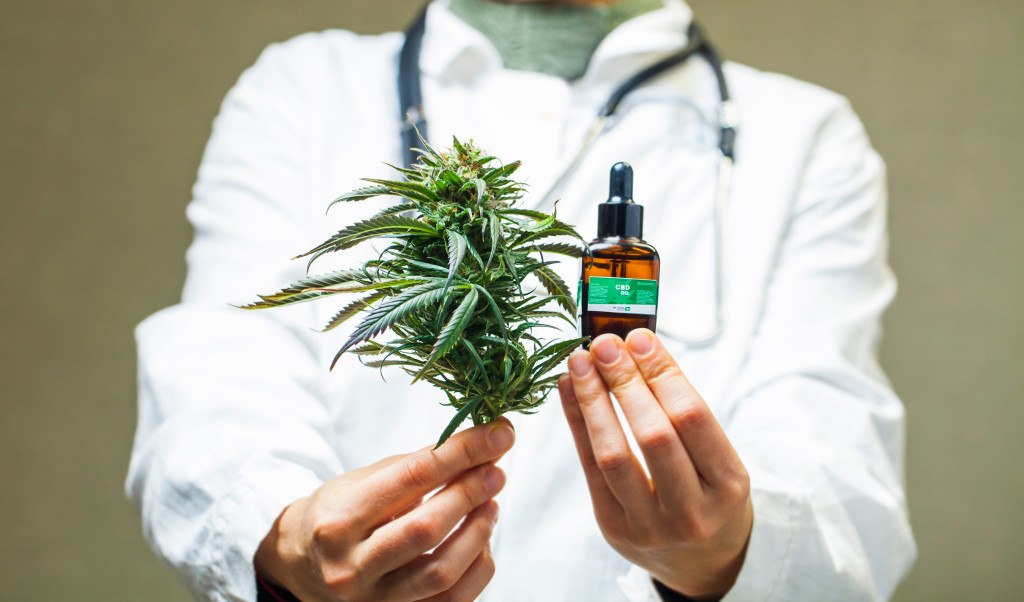In previous decades, the medical world has gone through countless advancements that many diseases now have cures and better treatments. There are drugs for multiple sclerosis and hepatitis C, along with more effective treatments for migraine. Even caring for the elderly and the infirm have made some strides. Home care agencies have also improved, and new technologies like Continuomics make clinical trials more accurate and effective.
Another outstanding achievement in the medical field is how cannabis is finally declassified as an illegal drug and is now recognized in many countries for its medicinal benefits. This recent change is tremendous progress as more than 20 nations have already followed suit.
What Should You Know About Cannabis?
Marijuana, hemp, weed, and pot are all terms that refer to cannabis. It has been becoming a part of essential conversations as many countries have recently legalized it for medicinal use. If this news sounds good to you, then you should know that some countries have even decriminalized it for recreational use. Today, 36 states in the United States have approved cannabis for medical use.
Many people—especially medical professionals—consider this progress. But it has sparked some heated debate among people who grew up knowing cannabis as a prohibited drug. Many people have even been incarcerated for using and selling the plant. Those who benefit from cannabis’ medical properties are ecstatic that it is no longer frowned upon in society. But now that the times are changing, what led cannabis to become a drug in the first place?
How Cannabis Became a Medicine Again
Several ancient civilizations in Asia began growing and cultivating marijuana for its herbal and therapeutic benefits around 500 BC. It was just a matter of time until this practice spread to other continents such as Europe, Africa, and the Americas.

In the 1830s, when cholera became a pandemic, Irish physician Sir William Brooke O’Shaughnessy, known for his groundbreaking scientific work and inventions in chemistry and pharmacology, introduced cannabis to the Western world. His studies discovered that it could alleviate pain and anxiety in people suffering from cholera. Until the late 1800s, his results encouraged the medical community to employ cannabis extracts to help in various symptoms of all kinds of ailments.
Cannabis was first used in the Americas to create hemp, an essential component in making various items such as paper, bags, clothing, boats’ sails, and ropes. Mexican immigrants brought cannabis to the United States in the early 1900s, and people soon used hemp for recreational purposes.
The attitude of cannabis gradually shifted after the Great Depression, followed by a succession of social and political turmoil. When President Richard Nixon signed the Controlled Substances Act during the 1970s’ War on Drugs, he transformed the fate of cannabis. Cannabis was then categorized as an illegal drug under this act, which persisted for nearly three decades. Cannabis’ status as a drug changed when California became the first US state to legalize it for medicinal use.
How Cannabis Helps
Cannabis has a variety of chemical components, the most noteworthy of which is Tetrahydrocannabinol (THC). This compound potentially causes users to feel a state of euphoria and even induces some psychedelic experience. The other prevalent chemical component of cannabis is Cannabidiol (CBD), a compound with medical properties.
So now that you know how cannabis helps in various ways, here are some of the therapeutic benefits of CBD that you should know about:
- CBD aids muscular relaxation: CBD stimulates the production of endocannabinoids in the body, which may aid in muscular relaxation and reduce spasticity and tension. It may also help relieve the pain and discomfort associated with menstrual cramps.
- CBD possibly fights off cancer cells: While specialists are still conducting numerous studies and research to see how CBD can aid cancer patients, it has shown promising results in fighting cancer cells. Of course, the substance also aids in making the discomfort more bearable.
- CBD aids in relieving chronic pain and reducing anxiety: CBD’s antioxidant, analgesic, and anti-inflammatory properties make it a good choice for persons suffering from chronic pain and the anxiety that comes with it. CBD can also help migraine sufferers feel better and perhaps lessen the frequency of their attacks.
Cannabis has a broad list of practical, medical, and therapeutic uses. Nobody knows the real reason behind criminalizing cannabis. But since its legalization in many countries, more research is becoming available that will hopefully help the world embrace it. If this progress continues, cannabis will help more people recover from their illnesses.

